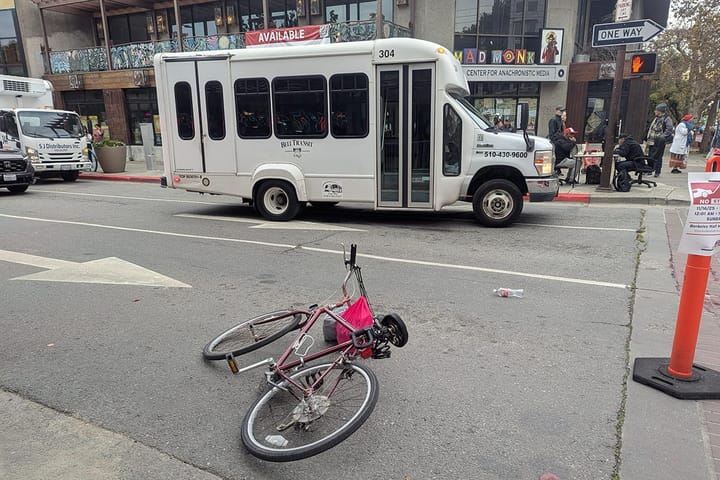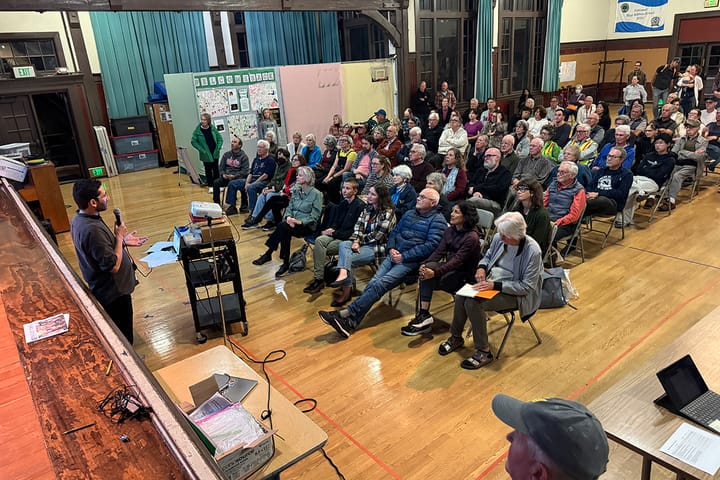Bike Plan draft falls short; speak up this week: Op-ed
Give Berkeley Bike Plan input at public meetings Tuesday and Thursday. You can also send written comments by Sept. 26.
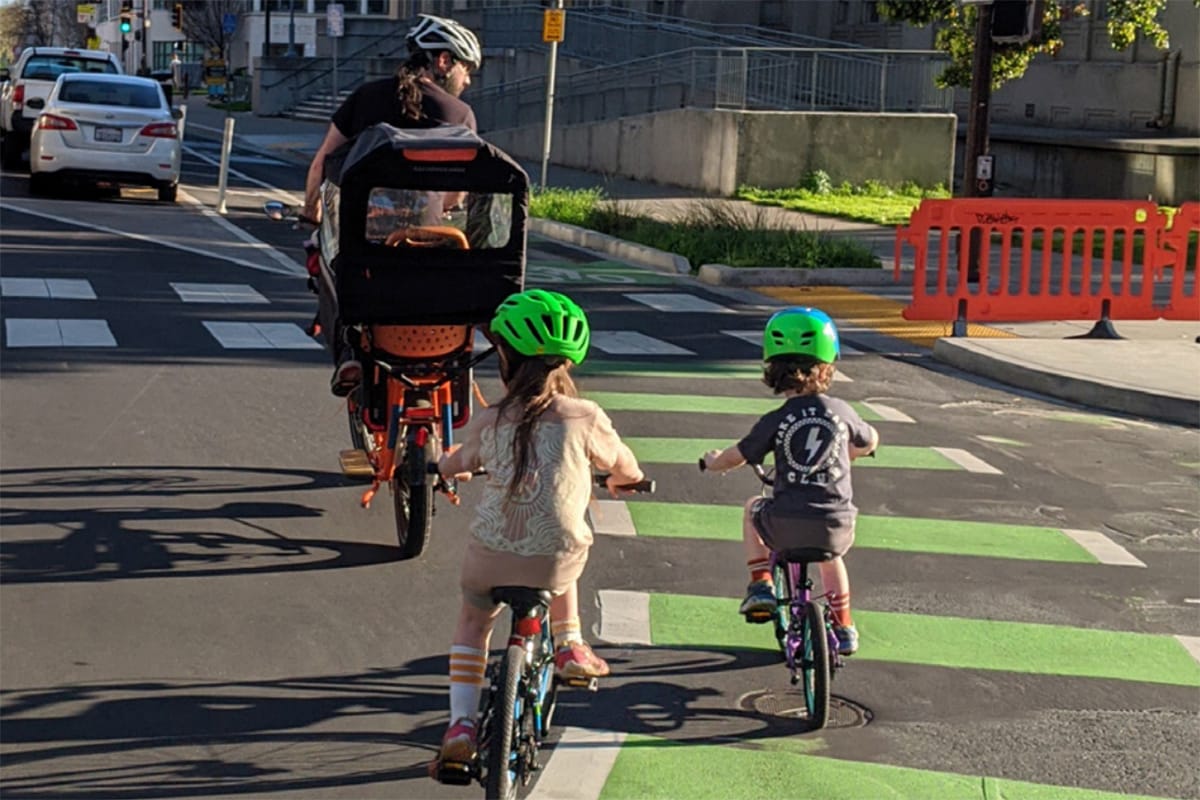
Editor's Note: The Scanner publishes guest essays from community members on issues of concern. Today's piece was written by Ben Gerhardstein, Karen Parolek, and Charles Siegel, Walk Bike Berkeley coordinating committee members.
The city of Berkeley has released a draft of the long-awaited Bike Plan update.
Walk Bike Berkeley shares the city’s vision of a safe, accessible, low-stress and delightful bike and micromobility network for people of all ages and abilities.
However, in several ways the draft plan is a step backward, making it harder for Berkeley to deliver bicycle improvements.
With the passage of Measure FF last year, Berkeley voters sent a clear message that they want safer streets for walking and biking. Help us fix this draft plan so the city can deliver FF and other projects.
Berkeley Bike Plan meetings this week
What: Berkeley Bike Plan Update virtual workshop
When: Tuesday, Aug. 19, 5:30-6:30 p.m.
Details: Register in advance for a chance to win a $25 gift card.
What: Transportation and Infrastructure Commission meeting
When: Thursday, Aug. 21, 6:15 p.m.
Where: North Berkeley Senior Center, Aspen Room, 1901 Hearst Ave.
Details: City staff will present the draft plan to the commission. You can give public comment.
The city is also accepting written comments through Sept. 26. Send them to bicycleplan@berkeleyca.gov.
Call on Berkeley to make several changes
- Cut the red tape that will delay safety improvements on Berkeley’s dangerous streets: Delaying safe streets with endless and undefined studies means more people injured and killed.
- Don’t pit safe streets against emergency response: Many cities have shown that bicycle safety infrastructure complements and can improve emergency access synergistically.
- Deliver robust traffic calming on bicycle boulevards routinely: The city should add common-sense traffic calming features through the same process it uses for paving projects.
- Strengthen bicycle boulevard crossing treatments: Rectangular rapid-flashing beacons should only be used when paired with other roadway features that protect people on bikes.
Cut the red tape: We can't wait for safe streets
The plan commits the city to conducting a series of often unnecessary and undefined studies before making almost any bikeway improvements — whether it’s a protected bike lane or a speed table.
The draft plan specifically states that these projects will not be implemented without these studies, some of which have no definition or methodology, such as an evacuation sensitivity study.
We cannot wait for the city to develop and then conduct these studies while people continue to be injured and killed on our streets.
Walk Bike Berkeley supports carefully studying how best to improve pedestrian and bicycle safety, transit and emergency access along high-injury streets before making permanent changes, but studies and public process should be right-sized for the project.
Requiring specific studies, especially when they don’t have established methodologies, and onerous public processes for every project will delay or block critical safety improvements.
Bike safety-emergency response synergies
As written, the draft Bike Plan describes almost all bicycle safety improvements as the enemy of emergency response and evacuation, but many other cities have found the opposite.
Protected bike lanes that are wide enough for emergency responders also provide an extra lane for evacuation traffic.
Speed humps that slow regular vehicular traffic can have wheelbase cutouts designed to allow easy and fast passage of fire trucks and ambulances.
And critically, preventing injury collisions reduces first responder call volume and the mental health trauma responders experience at the scenes of horrific traffic collisions.
The plan should outline how Berkeley will embrace these opportunities to minimize overall injury and traffic deaths in our city and in line with the goals outlined for the Berkeley Fire Department’s recently initiated Street Trauma Prevention Program.
Let’s not pit safety against safety.
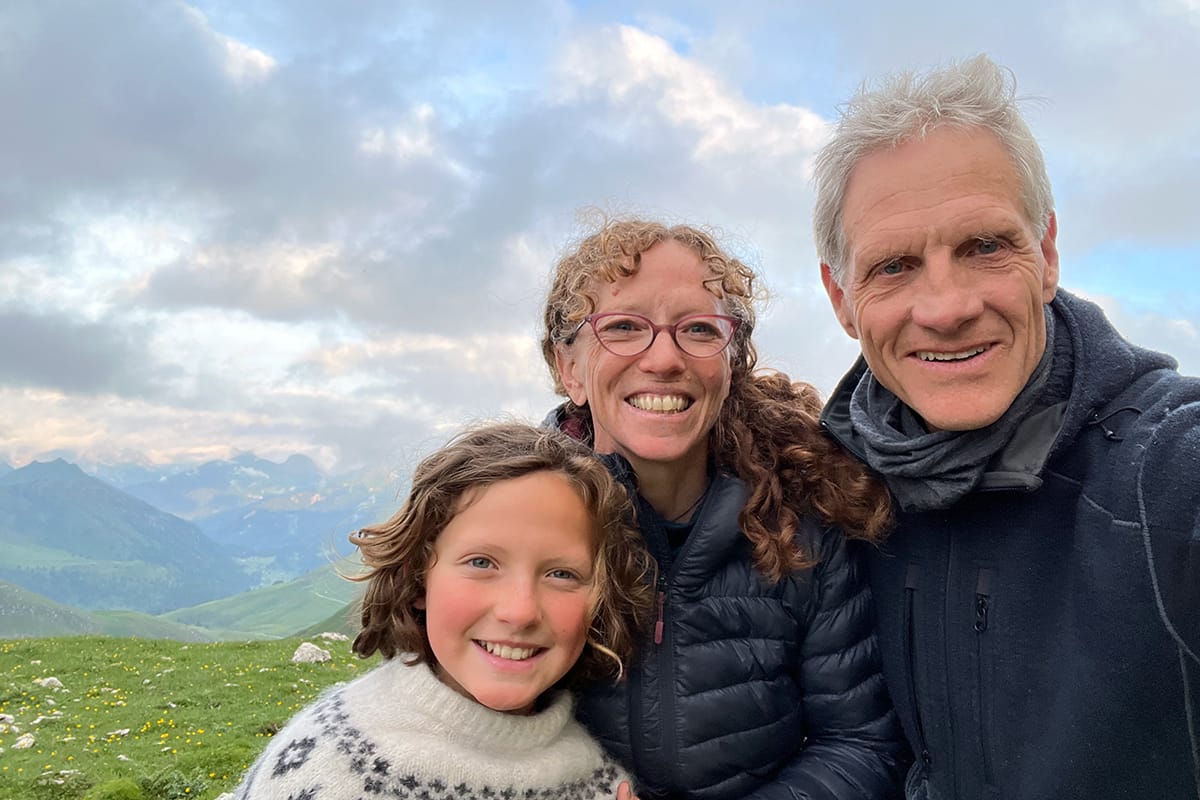
Routine, robust traffic calming
In May 2024, the Berkeley City Council asked staff to develop a standard way of implementing traffic calming measures on bicycle boulevards based on Oakland’s approach (see Item 43).
But the draft Bike Plan fails to incorporate a key element: making it easier for staff to deliver common sense traffic calming measures like speed tables and traffic circles.
The plan should green-light such safety features on residential bicycle boulevards so staff can install them after notifying neighbors, just like street paving projects.
Currently, the plan takes a step in the right direction by recommending at least one speed table per bicycle boulevard block.
But it requires at least 250 feet between speed tables, which means one speed table on short blocks and two on long blocks.
On some dangerous blocks, we will need more speed tables, so the plan should not set a rigid minimum spacing between them.
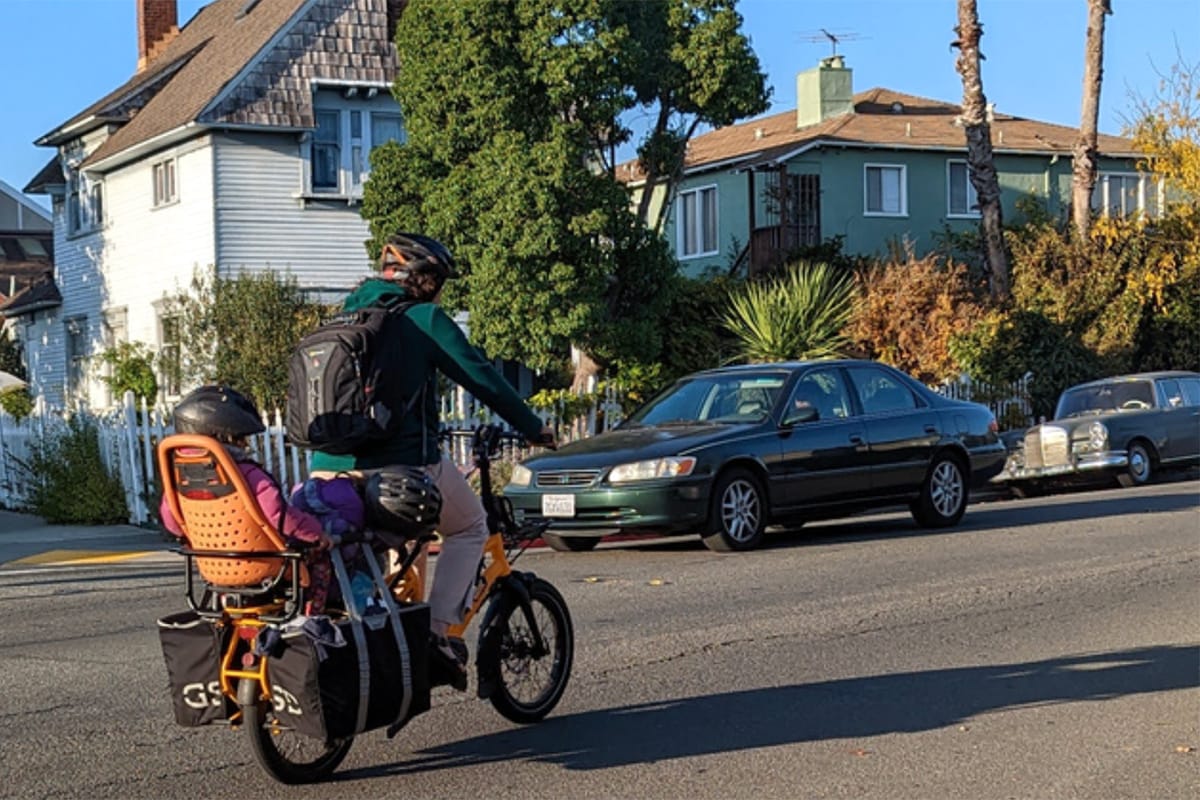
Safe bicycle boulevard crossings
Walk Bike Berkeley is pleased that the draft plan does not include rectangular rapid flashing beacons alone as a recommended crossing treatment in the Unsignalized Crossing Treatment Progression Table (page 91).
These beacons do not give people on bikes the right of way, so they should always be paired with traffic calming measures like medians, bulb outs and raised crosswalks or speed tables.
Moreover, they should not be used for bikeway crossings of busy multi-lane streets like University Avenue.
However, confusingly, the plan continues to recommend these beacons without traffic calming features at several dangerous intersections.
For instance, the plan recommends beacons alone where Idaho Street crosses Alcatraz Avenue and where Kains Avenue crosses Gilman Street.
These recommended treatments are inadequate and should be improved, even if they cannot be implemented through near-term, funded projects.
Walk Bike Berkeley, an all-volunteer group founded by Berkeley residents, advocates to make walking and biking in Berkeley safe, low-stress, and fun for people of all ages and abilities. We want a healthy, just, and sustainable transportation system in Berkeley.
The Scanner publishes guest essays from community members on issues of interest or concern. Authors who are not already TBS members will receive a complimentary membership in return. Submit your guest essay ideas to TBS.




